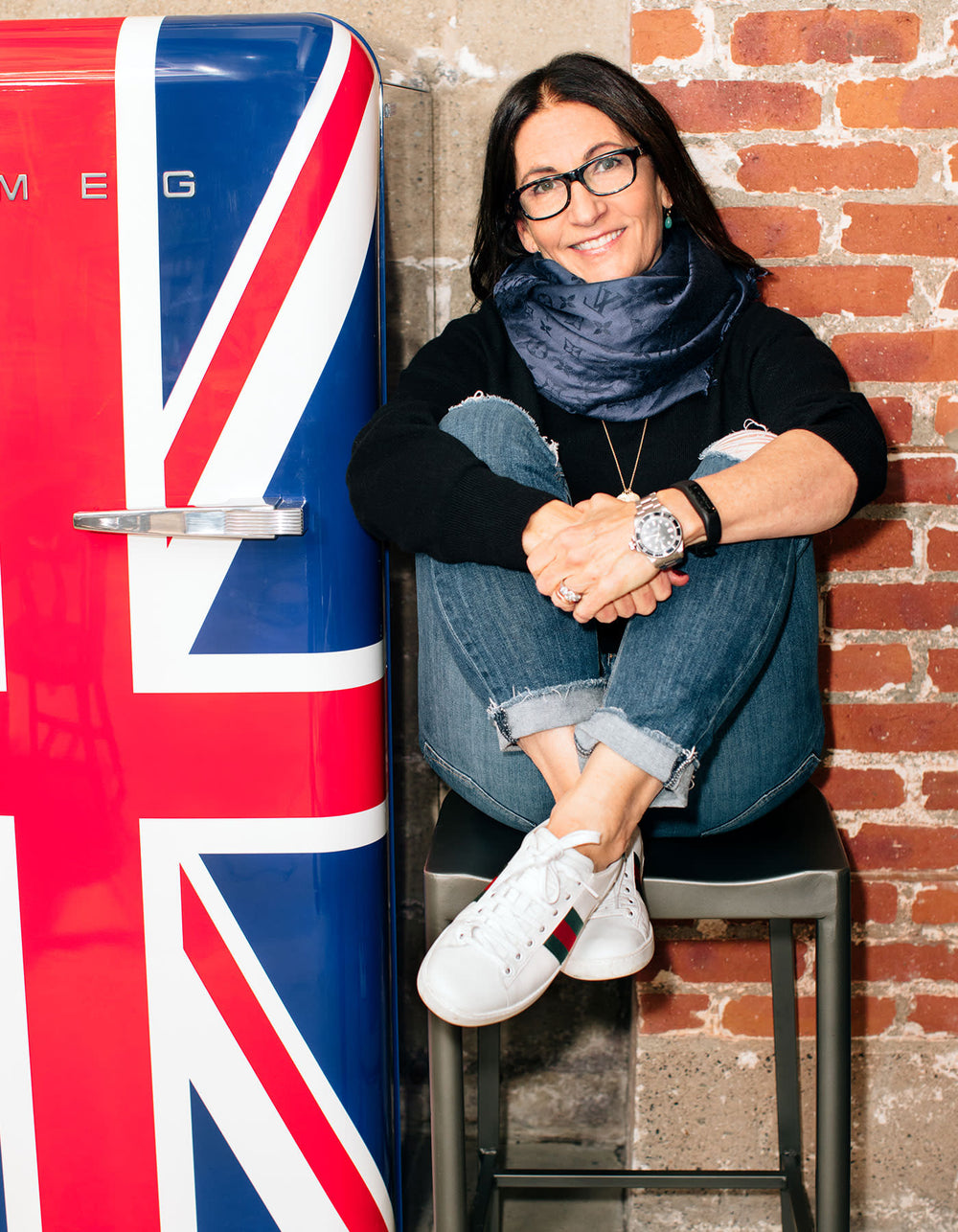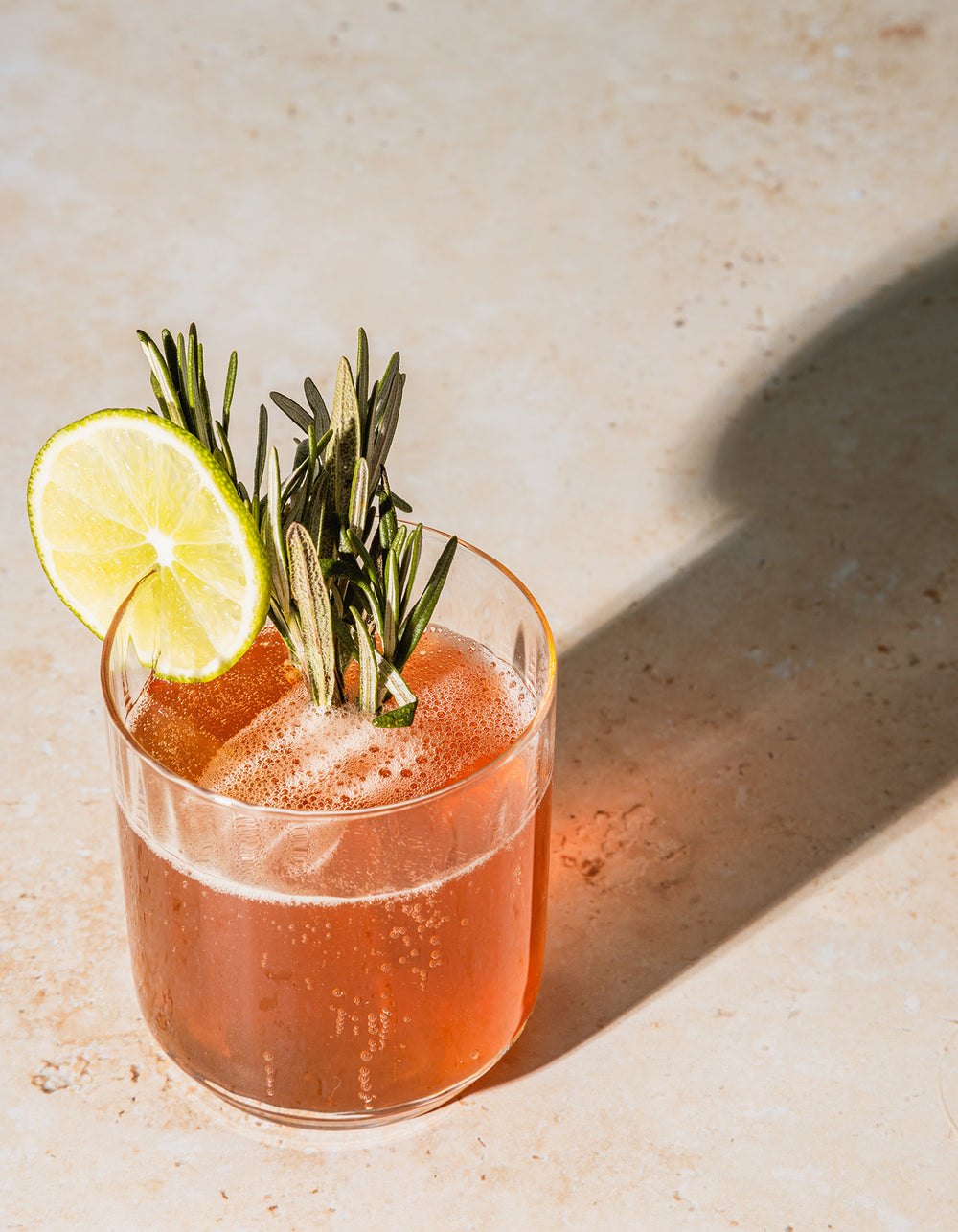Diary / Justbobbi / Sep 26, 2022
Crazy Rich Asians and the Beauty of Diversity
Written by: Noël Duan
Photography by: Warner Bros.

This past weekend, the film adaptation of Kevin Kwan’s bestselling novel, Crazy Rich Asians, earned $25.2 million at North American theaters—the best office results for a PG-13 romantic comedy in six years. Of the ticket buyers, 38 percent were Asian, and 68 percent of the ticket buyers were female. I, a Chinese American woman in her 20s, was one of them. On opening day, I packed a backpack full of snacks and sat in a reclining seat in Cinépolis Chelsea in New York City. And for the first time, I watched a Hollywood blockbuster in which Asian women were in romantic relationships with Asian men (!), the background actors were also Asian (except for one silent white bartender dutifully doling out drinks to a bachelorette party), and the epitome of beauty didn’t involve blonde blue-eyed bombshells at all. “Movies like Crazy Rich Asians also prove that our stories don’t only appeal to Asians,” says Michelle Lee, editor-in-chief of Allure. “The more Asian-led TV shows, movies, magazine covers, books, albums, comedy specials, and so forth that succeed in the mainstream, the more projects you’ll see green-lit.”

This year has been a groundbreaking for the visibility of Asian women. Crazy Rich Asians shared an opening weekend with To All the Boys I've Loved Before, a Netflix teen romance flick based on the novel by Jenny Han, featuring 21-year-old Vietnamese American actress Lana Condor as the main protagonist, Lara Jean. The 13-year-old me had craved—hungered for!—a teen movie starring someone who looked like me instead of Kirsten Dunst or Sarah Michelle Gellar. Allure magazine’s June 2018 issue features three Asian models on the cover: Fei Fei Sun, Fernanda Ly, and Soo Joo Park — three stunning women with unique features and personalities that defy the stereotype that all Asians look alike. “I had been saying in the office for a while that I wanted to feature an Asian woman on the cover,” Lee said. “So, when we were brainstorming about who we’d feature on our hair issue, someone in our talent group suggested Soo Joo, Fernanda and Fei Fei since, yes, they represent different hair colors—blonde, pink hair, and black hair—but it was also the opportunity to have the Asian cover I’d been asking for so long.” As she did her research for her editor’s letter, Lee discovered that the first time an Asian women was on the cover of Allure was in 2000: Lucy Liu. And then, 14 years later, Olivia Munn, whose mother is of Chinese descent, appeared on the cover. In Allure’s 28 years and 327 print issues of existence, there had only been two Asian women on the cover.

“Ultimately, I also think our June cover made people take a hard look at tokenism and how the media and entertainment industries typically look at diversity as a box that needs to be checked off,” Lee added. “Typically, the token Asian model would have been treated as one of a mixed group, not featured along with two other Asians.” In fact, Lee noticed that people—including Chrissy Teigen, who Tweeted about it—thought the June 2018 of Allure was a foreign edition at first, that it couldn’t be possible that an American magazine would feature three Asian models. One month after the June 2018 issue came out, Allure released its first-ever digital cover with Priyanka Chopra. She is hoping that putting these women on the cover of the American edition of a mainstream magazine will help them land more covers. It helped Somali American model Halima Aden, the first woman to wear a hijab on the cover of Allure in June 2017, land more international covers, after all.
Asia—and especially Singapore—is a melting pot of cultures, skin tones, hair textures, religions, languages, and more, and you see that diversity in the Crazy Rich Asians film. (Production happened in Singapore and Malaysia, and many well-known local actors were cast.) “Our fantastic makeup team has enhanced each character's unique facial features to best help characterization and make the storytelling complete,” Tan Kheng Hua, who plays Kerry Chu, told us. “So you are going to see a lot more Asian looks beyond the stereotypical ‘slitty-eyed’ and Cheongsam or Sarong-wearing styles people usually associate with Asians.”
“[The diversity of Asian actresses in Crazy Rich Asians] helps to show that not all Asian women have single eyelids,” Fiona Xie, who plays Kitty Pong—a supporting character who becomes a protagonist in the novel’s sequels—added. “I would like to think that the beauty of character, in believing in your core values and loving yourself, would really shine through. Constance Wu’s character in [the film] really exemplifies that strength in a woman’s choice and is so beautiful in her holding her ground against the odds.”
“There needs to be a continued momentum of diversity casting in Hollywood,” Janice Koh, who plays Felicity Keong, noted. “Having said that, it’s been really refreshing to see Constance Wu and Henry Golding gracing the covers of major fashion magazines in the lead-up to the film over the past few months. All these images play a big part in changing perceptions of beauty.” Her castmates, Selena Tan and Koh Chieung Mun, are also hopeful about the impact of the film for their fellow Asian performers: “The film shows that Asians can carry their own in a Hollywood film—as leads, supporting actors and even in walk-on roles, cameos,” Mun noted. “The cast comprise various Asian nationalities and I am super proud to represent Singapore! Of course, not all Singaporeans are crazy rich, but we do have our fair share of such crazy rich Asians, as portrayed in the movie,” Tan added. Crazy Rich Asians is also an opportunity for older Asian women; in general, opportunities in Hollywood are fewer for older actresses, but Crazy Rich Asians includes an important cast of veteran actresses like 56-year-old Michelle Yeoh and 91-year-old Lisa Lu (one of the first Chinese American actresses in Hollywood ever).
Lee, who has been at the helm of Allure since 2015, is optimistic that pop culture is at a tipping point. “One of the hurdles has been magazines deeming Asian models and celebrities as ‘cover-worthy,’” she said, noting that editors are looking for household names. “And guess what? We have a whole bunch of new ones cropping up, with Constance Wu, Awkwafina, and Gemma Chan becoming pretty major. There’s a new wave of people who are challenging the status quo and reclaiming what’s ours, like the ability to tell our stories and to see faces like ours reflected in the mainstream.”













































 Miracle Balm
Miracle Balm
 Just Enough Tinted Moisturizer
Just Enough Tinted Moisturizer
 What The Foundation
What The Foundation


